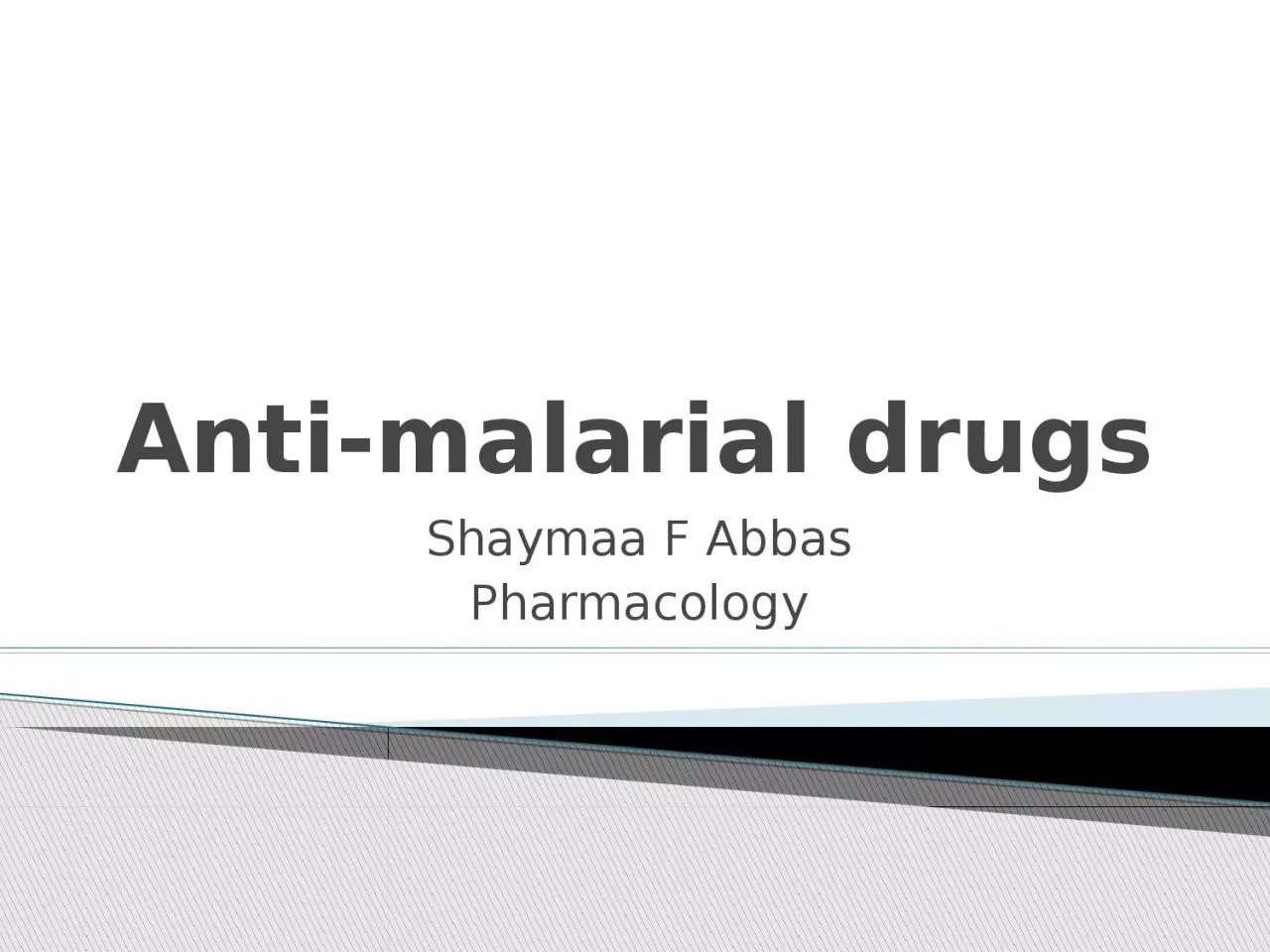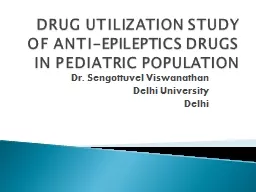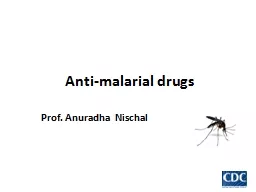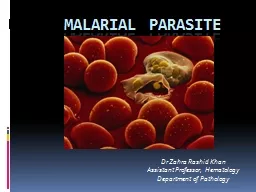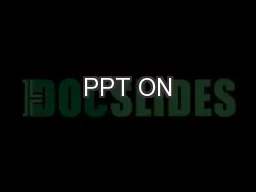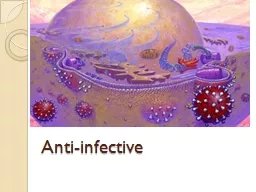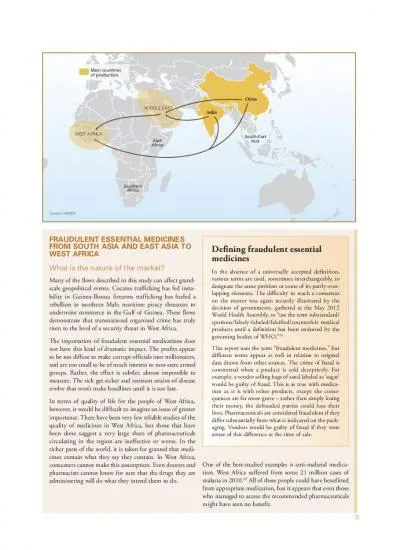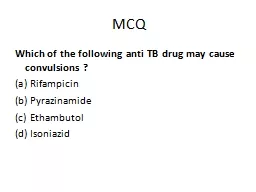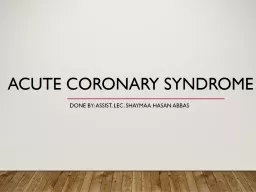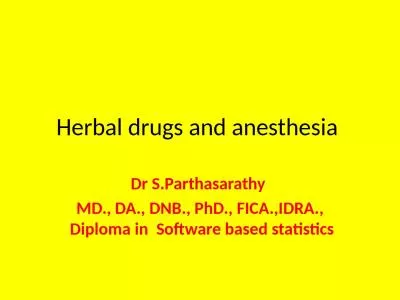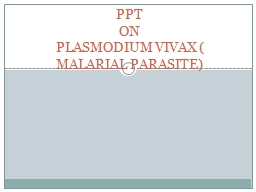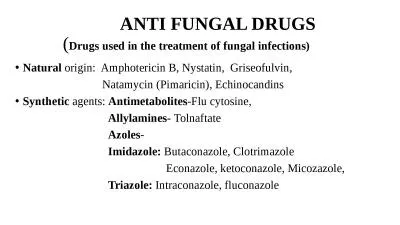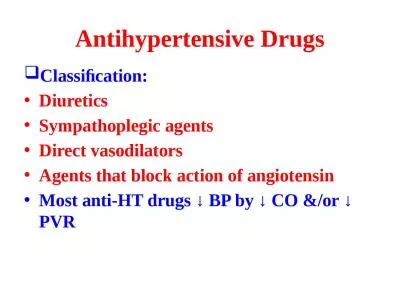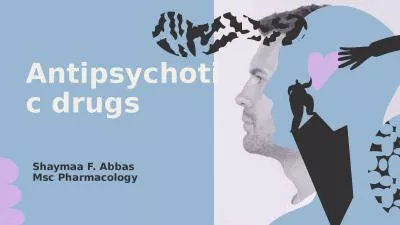PPT-Anti-malarial drugs Shaymaa
Author : melanie | Published Date : 2023-11-23
F Abbas Pharmacology Malaria is a mosquitoborne infectious disease that affects humans and other animals In 2019 there were 229 million cases of malaria worldwide
Presentation Embed Code
Download Presentation
Download Presentation The PPT/PDF document "Anti-malarial drugs Shaymaa" is the property of its rightful owner. Permission is granted to download and print the materials on this website for personal, non-commercial use only, and to display it on your personal computer provided you do not modify the materials and that you retain all copyright notices contained in the materials. By downloading content from our website, you accept the terms of this agreement.
Anti-malarial drugs Shaymaa: Transcript
Download Rules Of Document
"Anti-malarial drugs Shaymaa"The content belongs to its owner. You may download and print it for personal use, without modification, and keep all copyright notices. By downloading, you agree to these terms.
Related Documents

